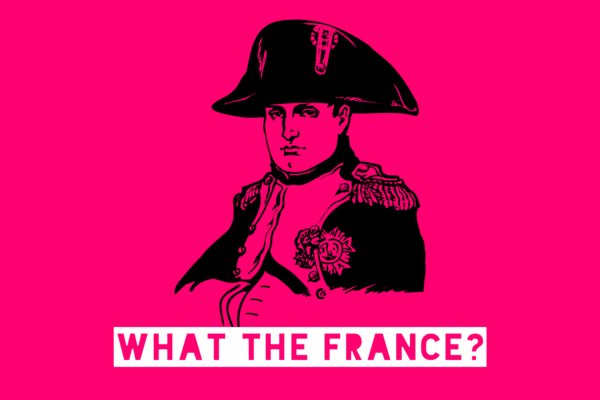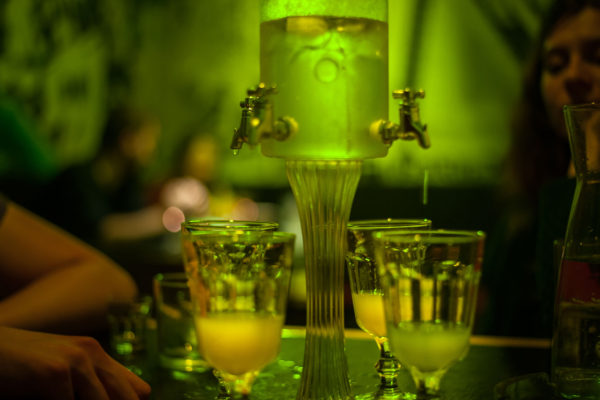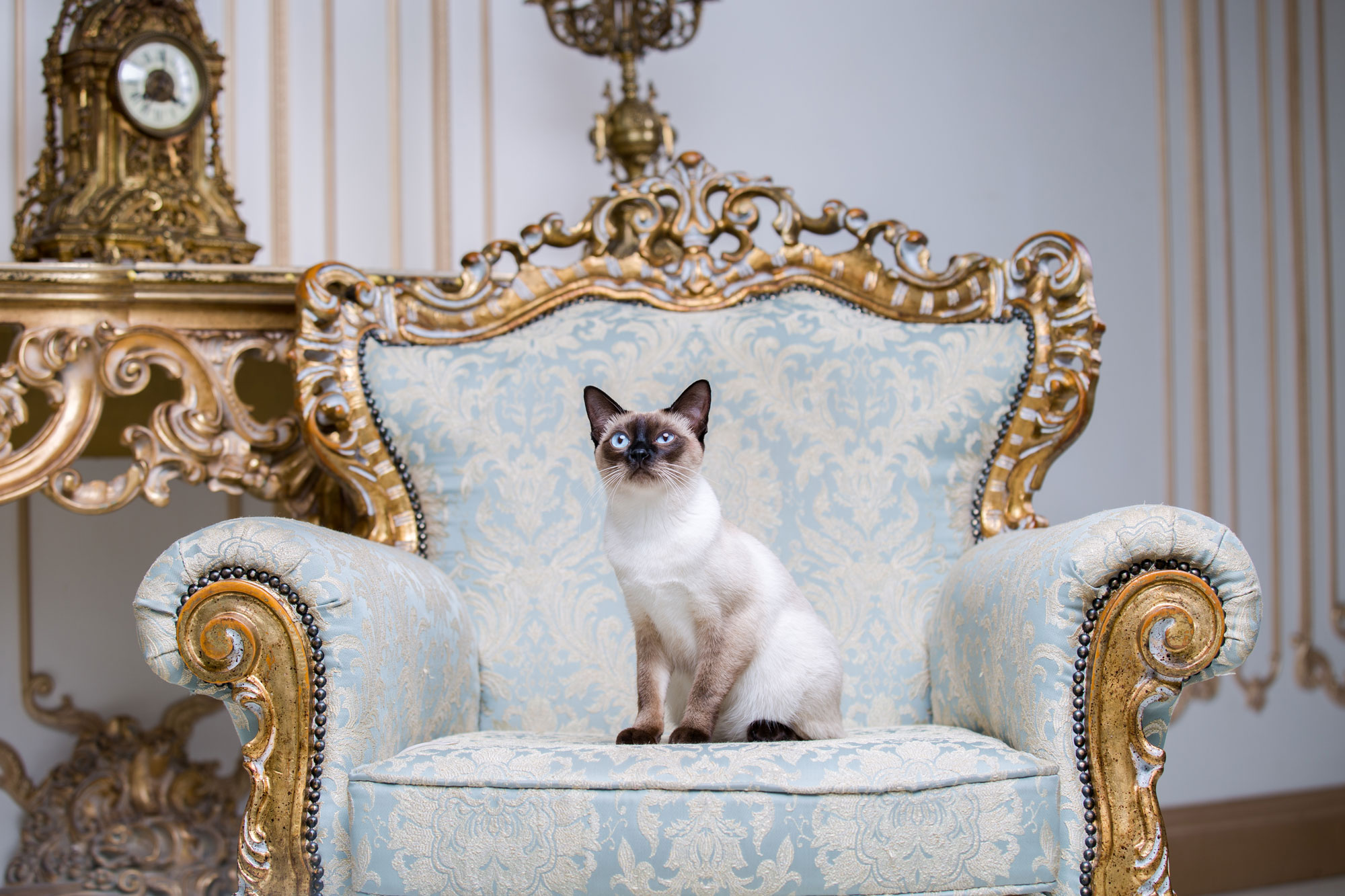
The animals of Versailles
“Wow, look at the gardens, they’re huge!” I say to my 7-year-old daughter. We are looking out of the window in one of the sumptuously decorated state rooms in the Château de Versailles. She is French and so is naturally disposed to criticism. “It would be better,” she pronounces, “with 10,000 dogs.” And the thing is, she isn’t alone in having a thought of this kind. The kings and queens – starting with Louis XIV and ending with the revolution – filled the rooms and grounds of the palace with animals, domestic and exotic. We stumbled into an exhibition on this subject, The King’s Animals, during our visit and came away wanting to know more. Like their human counterparts, some of the animals of Versailles lived pampered lives while others fared far less well. Read on for some regal animal tails (sorry).
Hundreds (not thousands) of dogs
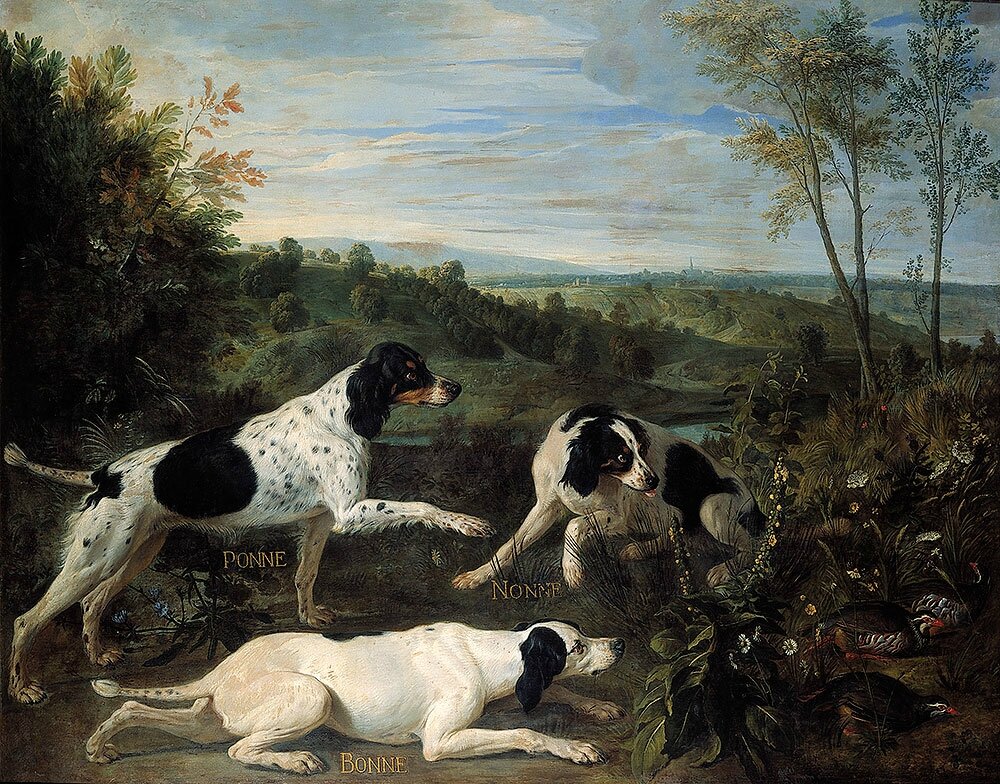
Louis XIV loved hunting and had great affection for the dogs that accompanied him on la chasse. He had his pastry chefs prepare special dog biscuits every morning which he would keep in his pockets, feeding his favourite dogs by hand to win their affection. Like the royal mistresses, Louis wanted his best dog friends in a bedroom close to his own. He ordered the billiard tables to be removed from his gaming room and installed his dogs’ beds there. Naturally, these were specially designed dog beds made from veneered walnut and ebony, lined with crimson velvet. The king, like Louis XV afterwards, went as far as having portraits of his pets commissioned from the artist Alexandre-François Desportes, who specialised in paintings of animals. There were certainly plenty of subjects to choose from: around 300 hunting dogs were kept in the kennels at Versailles, not to mention 2000 horses.
The ladies of the court often had smaller lapdog-style breeds. Not only were they fashionable, they were also important sources of companionship to these women, sent away to be married to foreign nobles, never to see their families again. Louis XIV’s German sister-in-law Liselotte was constantly surrounded by dogs, which could be found under her skirts and in her bed (her gay husband was seldom there). In a heart-rending account of the 14-year-old Marie-Antoinette’s arrival in France for her marriage, historian Antonia Fraser describes how Marie-Antoinette’s Austrian possessions, including her beloved dog, were removed and replaced with French equivalents. At the end of her reign, Marie-Antoinette’s spaniel Thisbe went with the royal family after they were removed to the Temple prison.
Monkeys, birds and humans
If you wanted to stand out from the crowd of dog lovers, you would do well to get yourself an exotic pet. The Sun Queen (as no-one called Louis XIV’s wife Maria Theresa) had a monkey and a parrot, while his favourite mistress Françoise-Athénaïs filled her apartments with rare birds, goats, pigs and mice which she let run all over her body and would display on her naval. Louis’ secret wife Madame de Maintenon took the unusual position of being more fond of children than animals and so the Marquise de Villette gave her a human pet: a small Moorish boy called Angola. While this may sound insane to modern ears, it was not particularly odd at the time: Louis’ first wife arrived in France with a human dwarf, a court tradition in her native Spain.
Cats, at last
Nowadays cats are France’s most popular animal companion (14 million cats to 7 million dogs in 2021) but that certainly wasn’t the case in the seventeenth century. Back then, cats were associated with witchcraft; owning a cat could see you end up accused of being a witch, something that was best avoided. One individual who was powerful enough to ignore this nonsense was Cardinal Richelieu who had a total of 14 cats, and often worked with a cat on his lap. One was named Perruque (“wig”) because it fell out of a poet’s wig as a kitten and landed at Richelieu’s feet.
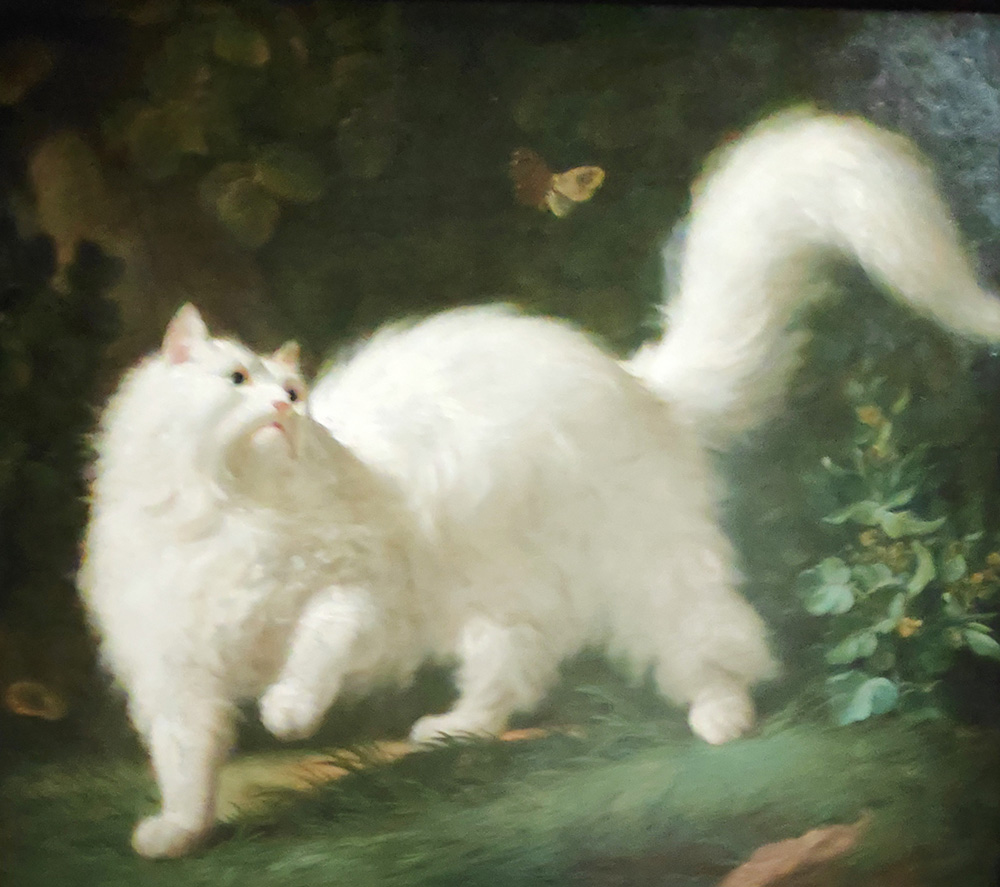
Happily by Louis XV’s time, cats were once again in favour. He had a plump white angora named Brillant who would lie on his desk purring during meetings of the state council, something instantly familiar to cat owners working from home during the pandemic. The fashion for cats, popularised by the king’s mistress Madame de Pompadour, was brought to an end by the time the final king was installed in Versailles. Louis XVI hated cats after accidentally sitting on one, and receiving a retaliatory scratch on the bottom. He was said to take a perverse pleasure out of chasing them onto the roof of the castle.
Exotic animals

The royal menagerie was a source of great pride to Louis XIV, who had it constructed in the early days of Versailles. It was populated with animals that most Europeans had never seen before, often gifts from ambassadors: lions, tigers, lynx, camels, llamas, ostriches, flamingos, gazelles… All were there to be gazed upon with wonder by the fortunate visitors who could enjoy this private zoo.
Perhaps the most impressive of all the beasts on display was a female African elephant, the first in Europe for 200 years. She was fed daily 80 loaves of bread, vegetables soup with rice, grass and – this being France – 12 litres of wine. Amazingly she lived for 13 years on this diet, although became lame towards the end of her life and needed to be propped up with a crane. A second elephant, Indian this time, arrived at Versailles in the final year of Louis XV’s reign. It was inherited by Louis XVI and Marie-Antoinette at a time when the menagerie was in a state of neglect (Louis XVI added only one zebra to the royal collection) and eventually fled its enclosure and drowned in the Grand Canal. Perhaps it was just as well. During the revolution, the menagerie was destroyed and the remaining animals were sold or eaten.
Sources
Love and Louis XIV: The women in the life of the Sun King, Antonia Fraser
Marie Antoinette: The Journey, Antonia Fraser
https://en.chateauversailles.fr/news/exhibitions/king-animals


